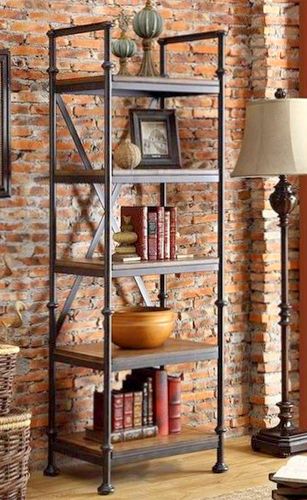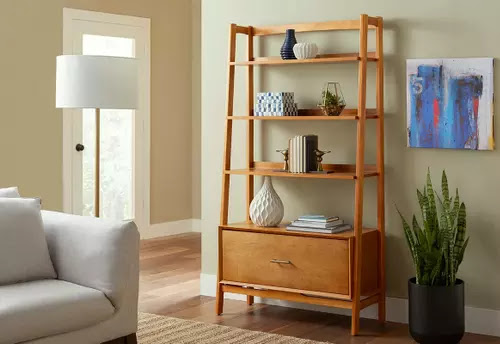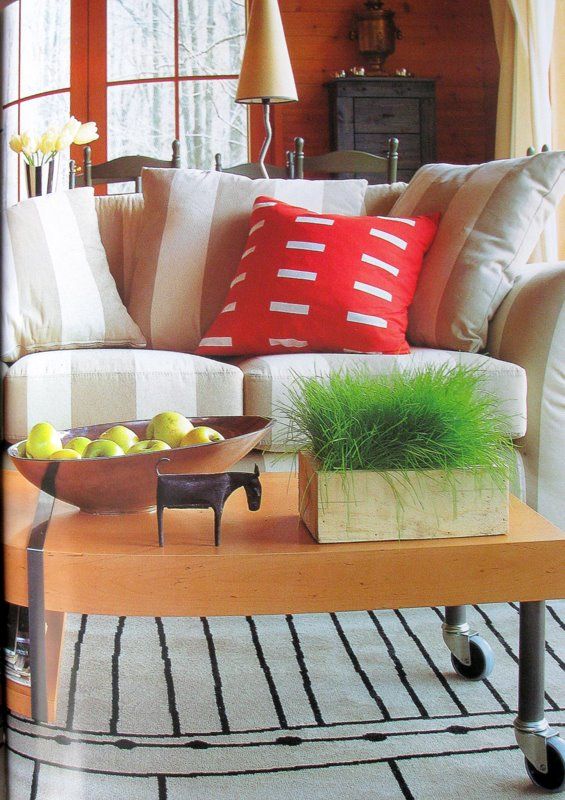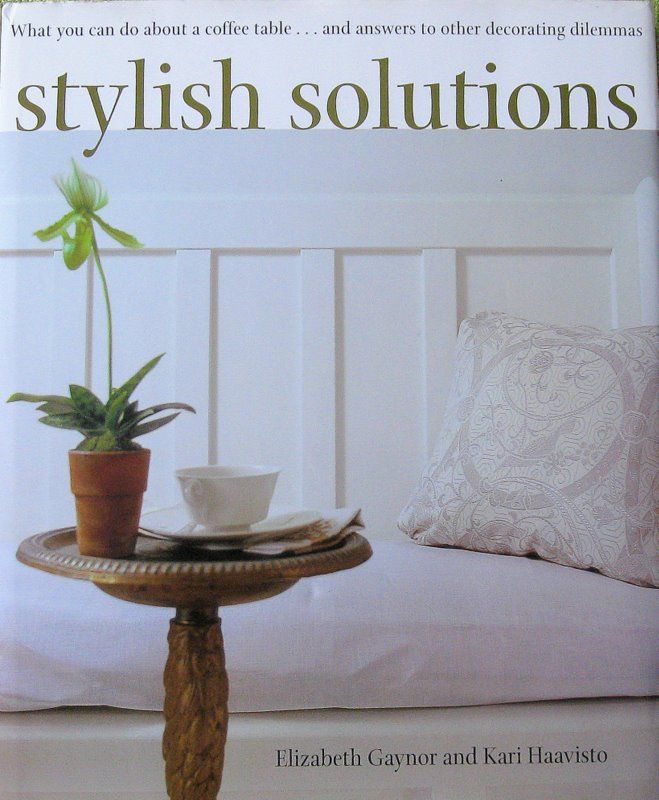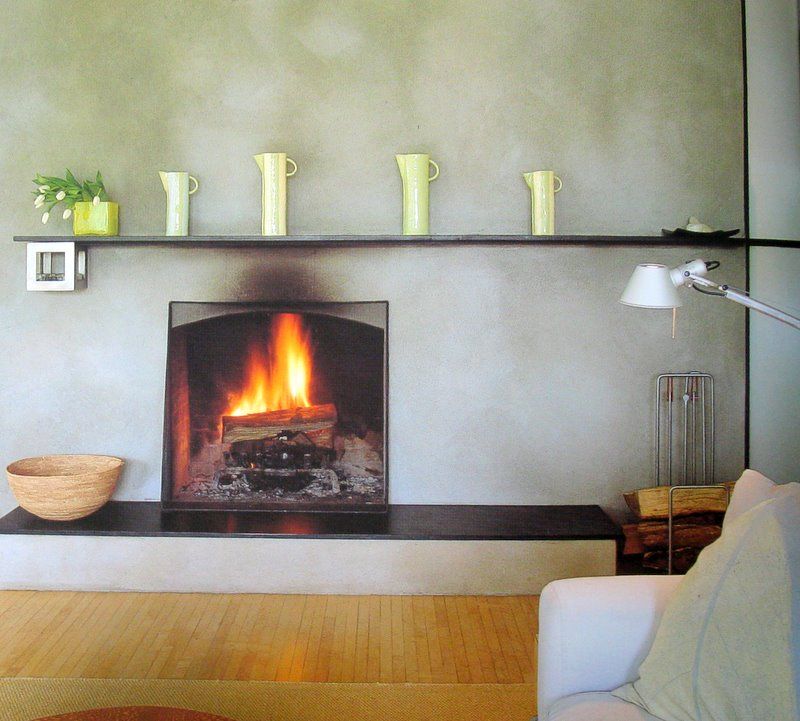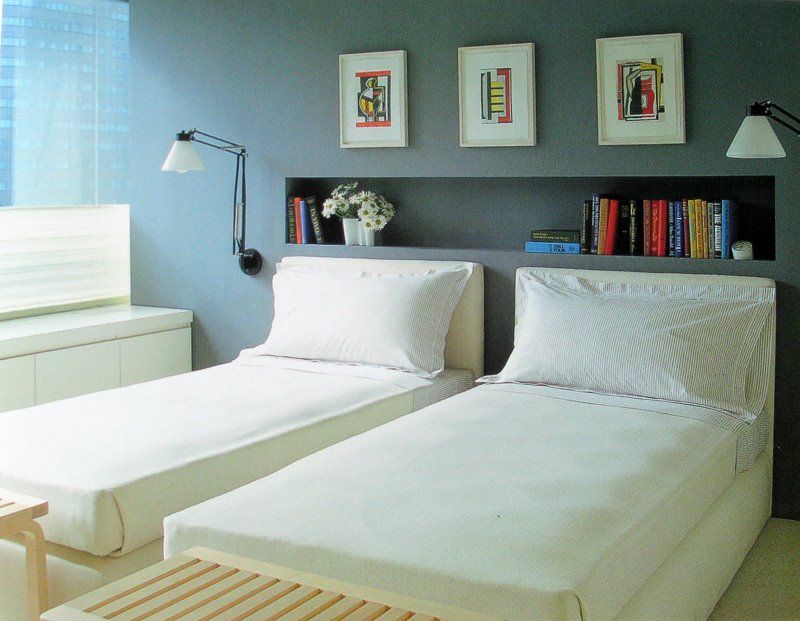Stage Your Home with Books. Here's How.
Thursday, June 30, 2011
How many books? Just books? What kind of books? Will it look crowded? Skimpy? Will house hunters read the titles?
What books reveal
Books are indicators of the Good Life. They represent education, money, intelligence, good company, entertainment, success, and tasteWhen someone makes an offer on your home, he wants to step into your shoes. You've sold him on your lifestyle.
Buyers know in their heads they're not buying your possessions, but in their hearts they hope your success, good taste and other enviable qualities will transfer with the deed. I know it's crazy, but that doesn't make it less true.
Therefore, having some well-chosen and arranged books in every room is not a stretch.
A home office is a natural place for showcasing books.
The cubby design of these shelves is a style that anyone could
imitate on a shoestring in a vacant or spare room or bonus room
The cubby design of these shelves is a style that anyone could
imitate on a shoestring in a vacant or spare room or bonus room
to create the illusion of an accommodating workspace. BHG.
Although built-in bookcases add value to a home,
free-standing units can imitate their appeal. And you can
take them with you to your next home. Notice how sparsely staged
these shelves are. Notice also that they don't steal
free-standing units can imitate their appeal. And you can
take them with you to your next home. Notice how sparsely staged
these shelves are. Notice also that they don't steal
the show from the fireplace, the focal point. Style at Home.
One way to arrange books is by color. I like that this
collection of cookbooks is actually part of the kitchen staging,
collection of cookbooks is actually part of the kitchen staging,
and that it looks more like a serious and useful library than
just a few shelves gussied up with cute stuff. DecorPad.
just a few shelves gussied up with cute stuff. DecorPad.
Sometimes it makes more sense to stage bookshelves as
something other than shelves for books. This arrangement of
something other than shelves for books. This arrangement of
plants and barware on Ikea shelves is an inviting scene.
It's simple, and it gives a function to a small space. DecorPad.
Floating shelves can convert a slice of unused space or
the corner of a room into a home office. The staggered
the corner of a room into a home office. The staggered
arrangement minimizes the ho-hum factor. The desk isn't really a
desk, but a shelf supported by custom brackets, by Sarah Richardson.
desk, but a shelf supported by custom brackets, by Sarah Richardson.
A traditional room in a traditional house
begs for a more formal arrangement
of bookcase items. It's okay to place seating in front of
bookshelves as long as the books are accessible. Circaonline.net.
of bookcase items. It's okay to place seating in front of
bookshelves as long as the books are accessible. Circaonline.net.
Get the look, get the book
Download my eBook, DIY Home Staging Tips to Sell Your Home Fast and For Top Dollar to learn all the ins and outs of staging a bookcase and bookshelves, as well as other tips that tug at the heartstrings of home buyers.
Top photo: Ashley Goforth.
Top photo: Ashley Goforth.

